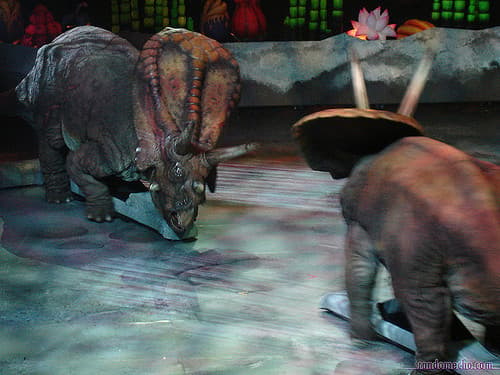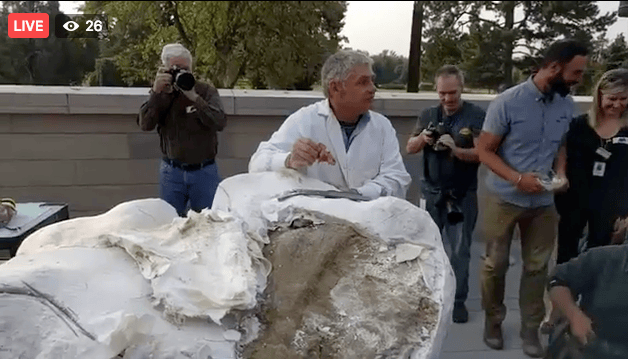
After careful examination, scientists at the Denver Museum of Nature and Science have decided that the alleged triceratops bones unearthed in Thornton earlier this year are actually the bones of a completely different horned dinosaur: the torosaurus.
If you've never heard of a torosaurus, look, all I can tell you is that dinosaurs have changed a lot since we were kids.
Here's how the museum described the difference in a press release announcing the re-classification:
The two animals are nearly indistinguishable because both had a large horn over each eye and a smaller nose horn. During excavation, it was assumed the fossils belonged to the more common triceratops. However, unlike triceratops, torosaurus had a longer, thinner, and more delicate frill, with two very large holes. These frill features were revealed as the skull was cleaned and compared to triceratops specimens already in the museum collections.
“Not only is the fossil more complete and better preserved than I imagined, but it has also revealed itself to be something extremely rare,” said Joe Sertich, curator of dinosaurs at the museum, in the press release. “While the number of good triceratops specimens collected from the American West likely exceeds 2,000 individuals, there are only about seven partial skulls of torosaurus known.
"The Thornton beast is by far the most complete, and best preserved, ever found.”
The Thornton dinosaur includes an estimated 95 percent of the skull and at least 20 percent of the entire skeleton, which makes it the most complete Cretaceous Period fossil ever found in Colorado, museum officials said. The torosaurus bones are being released from their encasements of sand and rock in the publicly visible Fossil Prep Lab at the museum. (You can sign up to volunteer at the fossil lab, by the way.) That process is expected to take several more months.

The torosaurus was found at a Saunders Construction site where workers are building a new Public Safety Facility in the city of Thornton.
Mike Getty, one of the museum's top dinosaur researchers, sadly died of a heart attack shortly after unveiling the new dinosaur.












